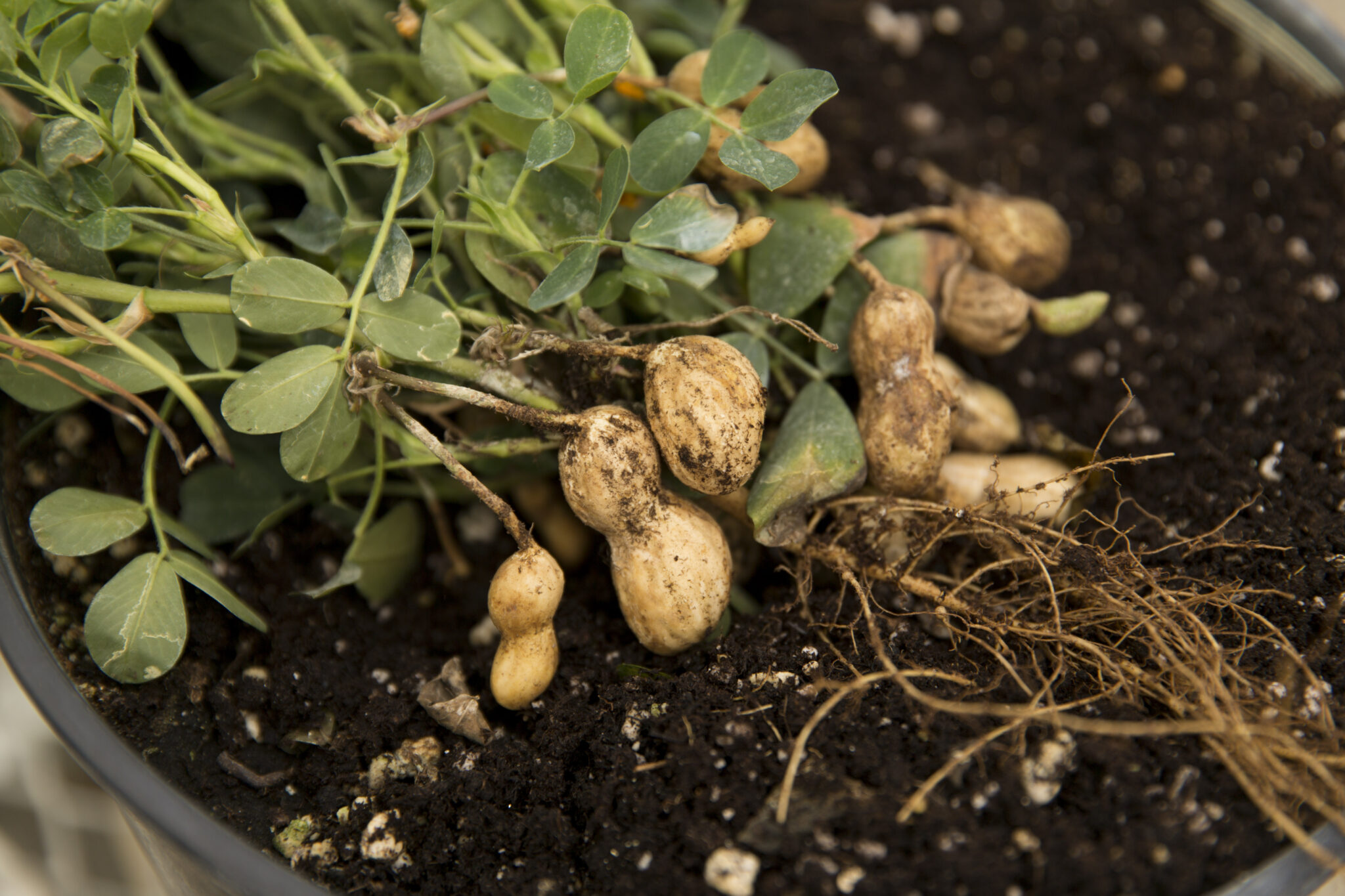By Gary L. Wade
University of Georgia

Volume XXVIII |
It takes a lot of water to keep large beds of flowers looking their best. To save water, think about planting annuals in a few containers instead of in the ground. Done well and properly placed, containerized color can make just as big a splash as large, in-ground beds and require much less water.
No one can predict when we'll have another drought. But when we do, you can bet restrictions or bans on outdoor water use will follow.
Benefits of containers
Besides being more water-thrifty than beds of annuals, containerized color is mobile. You can move it to where it has the greatest visual impact, such as the front steps or back patio. You can move it out of view, too, or rotate it with other containers when it doesn't look its best.
Containerized color makes sense economically, too. It requires fewer plants, less amendment, less fertilizer and less mulch than large beds.
Choosing containers
The types of containers for seasonal color are limited only by the imagination. Clay and plastic are the traditional choices. But unconventional containers, such as old iron pots, sawed-off whisky barrels or old wheelbarrows, may fit your decor.
Who knows? The perfect container may be in your basement or garage. Whatever you use, make certain it has adequate drainage.
Think large when selecting containers for summer color. Large containers hold more soil, so they take longer to dry out. By large, I mean color bowls 24 to 30 inches in diameter or pots of 3 gallons and larger.
Large containers allow room for more plants, too, and for arrangements of different types of plants. An assortment of pots of various sizes and shapes planted with annuals with complimentary colors and contrasting foliage textures makes an artful display.
For sunny areas, plastic containers are a better choice than natural clay. Clay pots absorb and lose moisture through their sides as well as their tops. They dry out faster than plastic pots.
Light-colored containers tend to reflect light, too. And they don't dry out as fast as dark ones.
Some folks in commercial landscaping paint the inside of their clay pots with a thin layer of roofing paint or water sealant (like that sold for wood decks) to keep them from absorbing water and fertilizer. This also helps avoid the ugly white residue caused by an accumulation of fertilizer salts on the outside of the pot.
Don't forget the saucers when buying containers. These act as a reservoir for holding moisture and help extend the time between watering. They prevent messes on patios and porches, too.
However, if you use a saucer, remove it once a month and water the container thoroughly to leach accumulated fertilizer salts from the growing media. Otherwise, a salt buildup from the fertilizer can damage roots.
Soil is the key
The key to a successful color container is the soil mix. Shop around for a commercial-grade growing mix -- one that's lightweight and has good drainage. If the bag is as heavy as topsoil or composted cow manure, don't buy it. A heavy mix is likely to be poorly drained.
Before you plant summer color in containers, incorporate a slow-release fertilizer, such as Osmocote, into the top 6 inches of the mix. Look for one with an 8- to 9-month release duration, so nutrients will be available from spring to fall.
Besides slow-release fertilizer, some annuals, such as salvia and petunias, will benefit from a liquid fertilizer every two weeks.
The final step is to mulch the container, just as you would a flower bed. Putting 2 to 3 inches of pine straw, mininuggets or shredded hardwood mulch on the surface will help prevent water loss from the container, so you won't have to water as often.






